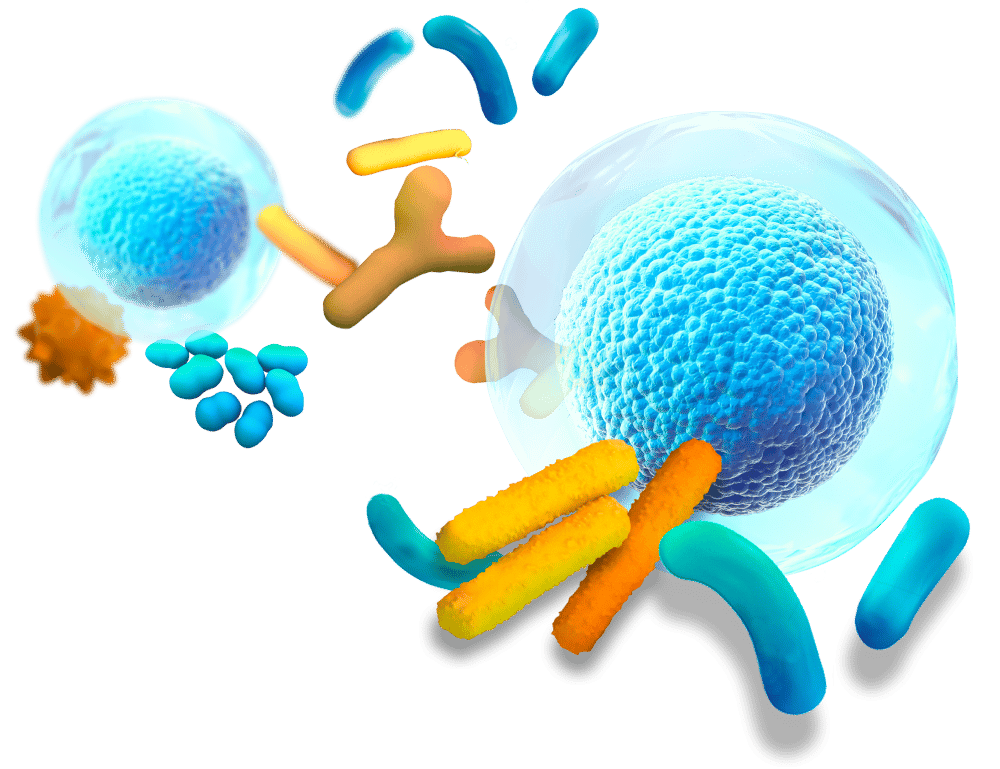The high hydrostatic pressure processing of donor milk may better protect preterm infants from gut and liver pathologies compared to Holder pasteurization, which is currently used in most human milk banks
Preterm infants are highly susceptible to oxidative stress due to an imbalance between endogenous oxidant and antioxidant systems. In addition, these newborns are frequently fed with donor milk (DM) treated by Holder pasteurization (HoP) at 62.5 °C for 30 min, which is known to alter numerous heat-sensitive factors, including some antioxidants. High hydrostatic pressure (HHP) processing was recently proposed as an innovative method for the treatment of DM.
The present study aimed to measure the redox balance of HoP- and HHP-DM and to study, in vivo, the effects of HoP- and HHP-DM on the gut and liver. H2O2, vitamin A and vitamin E (α- and γ-tocopherols) concentrations, as well as the total antioxidant capacity (TAC), were measured in raw-, HoP- and HHP-DM. The gene expression level of antioxidant systems and inflammatory response were quantified in the ileum and liver of adult mice after 7 days of oral administration of HoP- or HHP-DM. HoP reduced the γ-tocopherol level, whereas HHP treatment preserved all vitamins close to the raw milk level. The milk H2O2 content was reduced by HHP but not by HoP.
The total antioxidant capacity of DM was reduced after HHP processing measured by PAOT-Liquid® technology but was unaffected after measurement by ORAC assay. In mice, HHP-DM administration induced a stimulation of antioxidant defenses and reduced some inflammatory markers in both the ileum and liver compared to HoP-DM treatment. Our preliminary study suggests that the HHP processing of DM may better protect preterm infants from gut and liver pathologies compared to HoP, which is currently used in most human milk banks.
Source : Wemelle E, Marousez L, Lesage J, De Lamballerie M, Knauf C, Carneiro L. In Vivo Assessment of Antioxidant Potential of Human Milk Treated by Holder Pasteurization or High Hydrostatic Pressure Processing: A Preliminary Study on Intestinal and Hepatic Markers in Adult Mice. Antioxidants (Basel). 2022 May 31;11(6):1091. doi: 10.3390/antiox11061091. PMID: 35739988; PMCID: PMC9220199.

